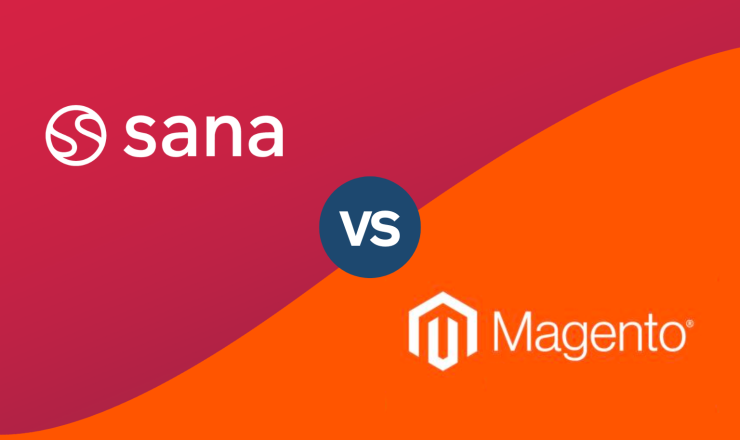2. Is your e-commerce platform struggling to scale with your business?
As your business grows and your strategy evolves, you need an e-commerce platform that can keep up with your increasingly complex business needs.
Whether you’re looking at:
- International expansion and the need to support multiple currencies, languages, business divisions, tax rules, shipping options and more via your web store
- Changing business models, such as D2C, which involves more channels and different target audiences with varying needs
- Acquisitions and growing product portfolios
- Changing customer needs
- Expanding integration capabilities and/or extensibility options
A lot of complexities come with the growth of a business. So, you need to determine whether your current IT environment fits in with your strategic roadmap. If your e-commerce platform is too rigid to scale with your business or leads to too many errors due to the complex nature of your growing business, it’s time to consider changing your e-commerce platform.
3. Is your online customer experience falling short?
In 2023, more and more B2B companies are waking up to the fact that it is no longer enough to just offer a web store. The focus is now on improving the online customer experience. Customer experience in B2B e-commerce is essential nowadays, and it is often a key reason why companies choose to change their e-commerce platform.
E-commerce platforms must meet the following criteria in order to fulfill B2B customers’ needs:
- Display real-time information 24/7, such as pricing, product information, and inventory levels, but also customer-specific payment terms.
- Offer advanced e-commerce functionalities, including the ability to quickly and easily place, track and return orders.
- Handle the complexities of B2B orders, including those based on complex pricing and discount structures.
- Prevent order errors, by displaying accurate product and inventory information, as well as customer-specific order history and account data.
4. Are you missing key B2B e-commerce features and functionalities for the B2B use case?
As mentioned above, having the right B2B e-commerce functionalities is key to offering your customers a better online buying experience. But it also helps you process orders faster, with more accuracy and with less reliance on offline customer support teams.
Are you missing key features for your business and customers? Is your e-commerce solution unable to accurately present your B2B business rules in your sales portal? Or is the information displayed in your web store not always accurate? Then replatforming might be a good choice for you.
5. Have there been impactful changes in your organization’s tech infrastructure?
Changes in your organization’s tech stack have implications on your e-commerce. For example, if your organization is switching to a new ERP (e.g.: SAP B1 👉 SAP S4/HANA) or support for your current ERP will end soon (e.g.: Dynamics AX 👉 Dynamics 365 F&O), you may need to look into an e-commerce solution that supports your new ERP.
6. Are there security issues in your current e-commerce platform?
As e-commerce continues to grow and evolve, ensuring the security of online transactions and protecting user data has become increasingly important. Unfortunately, many e-commerce platforms fall short in terms of security, leaving users vulnerable to cyber attacks and data breaches.
For example, your current e-commerce shop might not have patches for known vulnerabilities or it might not provide adequate features to comply with new regulations, like GDPR laws or e-privacy.
By switching to a new e-commerce provider, you can take steps to improve the security of your e-commerce site and protect both your business and your customers.
Once you’ve identified why you want to replatform your e-commerce platform, you’ll be able to better understand what your current issues are. You’ll also be able to better structure your replatforming project now that you know exactly what needs to change.








